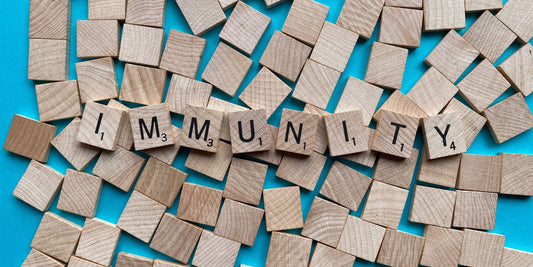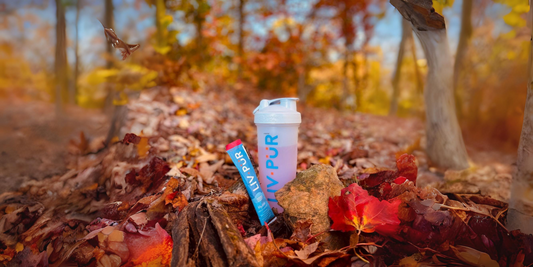The atmosphere of Halloween attracts people of all ages and backgrounds. In fact, it’s second only to Christmas when it comes to US popularity and spending.
It wasn’t always this way, however. Some data suggests that just 20 years ago, a mere half of adults acknowledged Halloween. Today, nearly three-quarters will celebrate in some way.
So where does Halloween come from, and what do we need to know to make the spookiest holiday a success? Let’s find out as we explore its haunted history with a splattering of healthy hints.
When is Halloween 2023?
Halloween takes place on October 31st every year. In 2023, October 31st is a Tuesday, so celebrations are most likely to occur the weekend before the big day, from October 27th to the 29th.
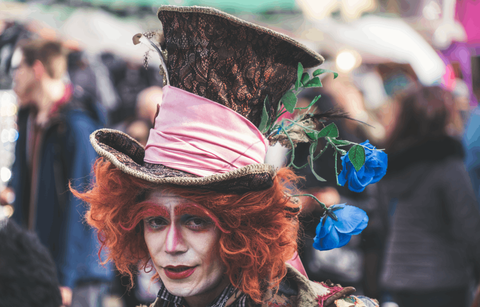
The History of Halloween
What is Halloween, really? Many Halloween traditions we know and love today date back thousands of years to the Celtic festival known as Samhain. For the Celts, it was a New Year’s Eve celebration since they observed November 1st as the first day of the year.
But rather than making resolutions, these ancient people were on the lookout for ghosts and other spirits who may do them harm. November 1st was (and in many traditions, still is) the day when the veil between the living and the dead is at its thinnest.
To throw off any malicious spirits, the Celts would don costumes and masks to disguise themselves. If they could dress as ghosts or demons to blend in with any evil energies, all the better.
They celebrated among large bonfires, made offerings to deities, and had great feasts with sweets. While today’s treats are different by miles, the Celts had plenty of apples. They made mulled wine with the fruit and also used them in rituals to feed souls waiting to be reincarnated.
When the Roman Empire took over, they kept a lot of Celtic Samhain traditions and incorporated their own festivals and rituals for the dead. One such festival celebrates the goddess Pomona, whose symbol is the apple.
Celtic and Roman appreciation of the apple endures in modern Halloween traditions, whether it’s bobbing in a tub of water or drenched in caramel.
Pumpkins were commonly present at ancient celebrations also, although trick or treating may have come a little later. It first appears as a practice called “souling” where less fortunate families would collect treats in exchange for prayers for the dead.
When kids began doing this, it was called “guising” and that is when they began appearing in costume and performing tricks for their treats.
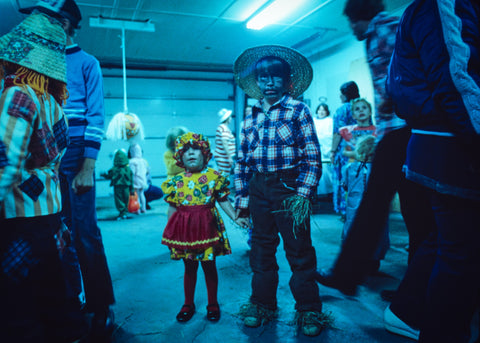
Trick or Treat: Halloween Safety for Kids
Halloween is one of the most exciting nights of the year for little ones. However, the combination of distracted excitement and growing Halloween crowds can prove dangerous.
Here are some safety considerations to make as they head out for a night of candy collecting.
Preventing pedestrian accidents.
The risk of pedestrian accidents involving children is almost double on Halloween compared to other evenings. Many parents aim to have kids home before dark, but it’s easy to get carried away with the evening’s festivities and run late.
Have a talk reminding kids of basic safety rules, even if you’re going along. No texting while walking and always stick to sidewalks. In addition, equip kids with glow sticks, flashlights, reflective stickers, or anything similar so they’re easier for drivers to spot.
Make your home hospitable for trick-or-treaters.
If you’re passing out candy, be sure to spend a few minutes on accident prevention first. Ensure your home’s entrance is well-lit and clear of any tripping hazards.
Think of the family pet, too. If the repetitive sound of the doorbell or visiting strangers stresses them out, secure them in an area where they can feel safe.
Review boundaries with kids.
Whether you’re sending older kids out alone or younger ones out with other parents, review the rules of engagement. Make sure they’ll be trick or treating in a group of at least four.
Confirm that they’ll have cell phone service in case of emergency and that they won’t travel past a certain area. Finally, confirm they understand that they should never enter a stranger’s home to get a treat.
Managing mischief.
Touch base with older kids concerning any tricks they and their friends may be cooking up for Halloween.
Common pranks involving toilet paper or eggs usually don’t cause physical harm. However, in many areas, it can lead to a misdemeanor charge of trespassing or even vandalism.
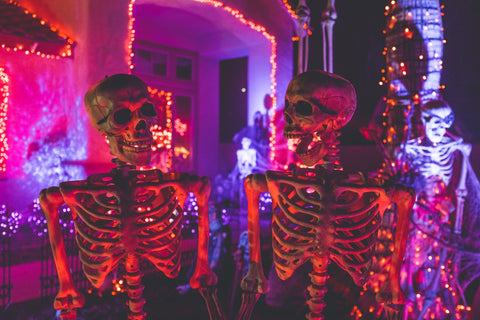
Tips for a Healthy Halloween
There’s no shame in indulging on this night, especially if you score an invite to the best Halloween parties of the season. But if you’re worried about derailing your wellness routine or fitness progress, here are a few ways to make Halloween a bit healthier.
Fill up before you go out.
Eat a nutritious, balanced meal of whole foods before you depart for the evening. The dietary fiber will increase satiety, so you’re less likely to graze on candy and chips the whole night.
Choose your sugar wisely.
Do not completely deprive yourself; just be mindful. Make fruit and other naturally sweetened treats your first pick. If you’re still tempted afterward, go ahead and have your favorite candy or cookies.
Be an active participant.
Walking around the neighborhood, hitting the dance-floor, playing party games – there are plenty of opportunities to move your body on Halloween, so go for it. Depending on your weight, you can burn a few hundred calories an hour partying.
Stay hydrated.
A few festive drinks are all it takes to accelerate fluid loss. Before you know it, you’re waking up with a headache. Limiting alcohol consumption is step one, but replenishing electrolytes during and after your imbibe can help, too.
Stay hydrated during Halloween and beyond with a hydration drink mix that’s easy to take on the go. You won’t regret it.
Enjoy the Best of Spooky Season
With thousands of years of history behind it, Halloween is more popular than ever. Hopefully, these tips can help you navigate a holiday with an increasing number of revelers. Happy Halloween!


